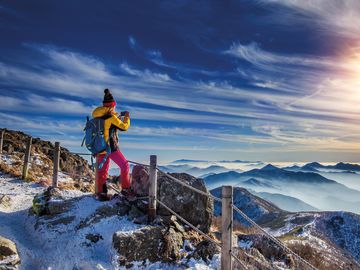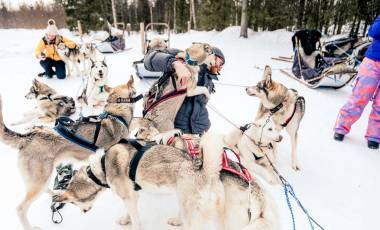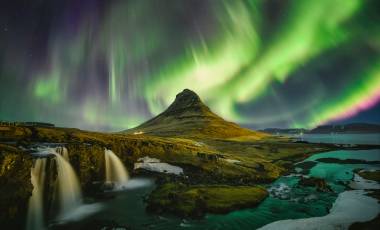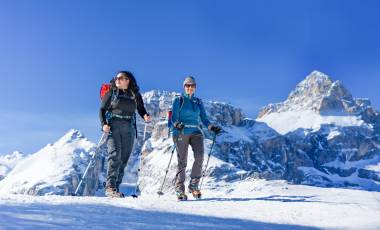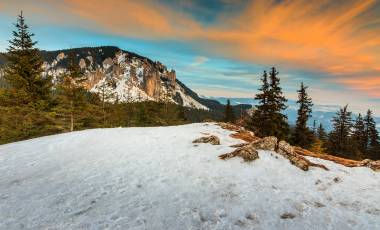Read time – 2 minutes
Capturing a white, wintry landscape on camera can be a challenge. Here, Exodus’ Olly Pemberton shares his tips on taking the perfect picture…
How to Photograph the Northern Lights
If you’re lucky enough to have clear skies, you might see the Northern Lights on your winter adventure – especially in Norway, Finland and Iceland.
What Equipment do you Need?
To photograph them you need to make sure you have the right equipment first:
- Steady tripod
- Wide-angle lens
- Remote shutter release
For the settings themselves, if it is a good display you don’t actually need to leave the shutter speed open for too long (sometimes even 10 seconds will do it). Too long an exposure will also start to blur the stars.
Try to keep the ISO as low as possible and put the manual focus to the infinity symbol. If there is water or ice present, the Northern Lights can sometimes reflect off this so don’t ignore the foreground when composing your shot.
Avoid Freezing Condensation
If you are taking photos or filming in cold conditions such as the Arctic, where temperatures regularly reach -20°C, be very wary about coming in from the cold and rushing back out again. The camera will ice up whilst you’re outdoors and when it warms, water droplets will form on the camera. If you rush straight back out into the cold these will freeze and damage the working parts of the camera.
If you are coming inside and you know you’ll be going out again shortly, if possible, it’s best practice to leave the camera in a bag outside in the cold.
Your Thermos is Your Friend!
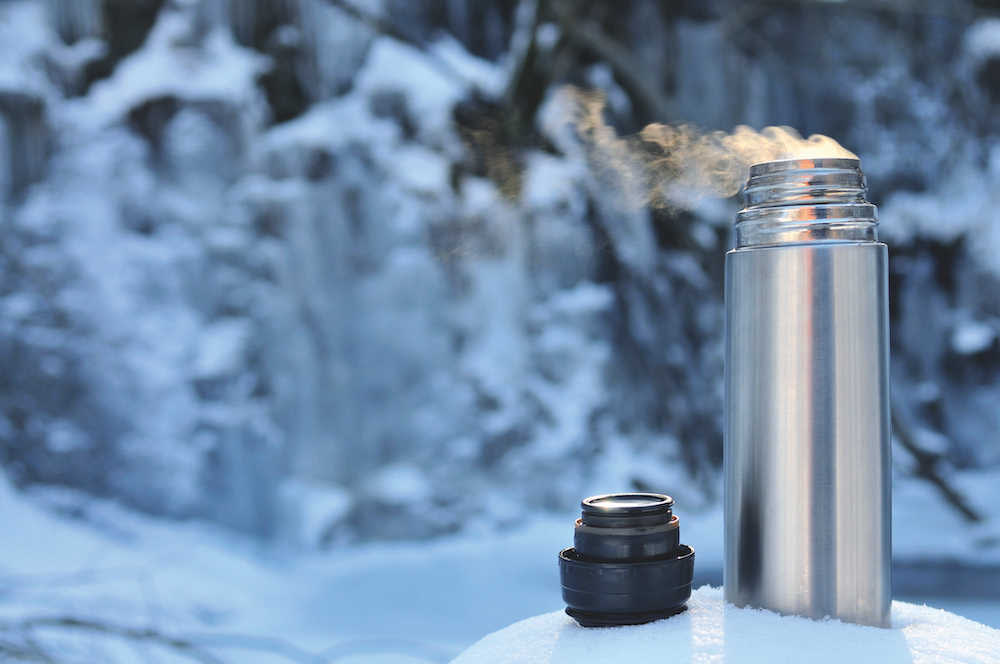
Thermos flask in the snow
Never leave home without one! Some of the most interesting photographic opportunities arise when the temperature is at its coldest, particularly in places like the Arctic and Antarctic. To stay sharp you need to keep your body warm. Obviously, the right clothing is essential but a piping hot drink will warm you from the inside meaning you’ll expend less energy, allowing you to stay focused for longer.
Get the Star Quality
If you are in a snow-laden forest of Finland and the sun is shining, capturing the starbursts from the sun can be a really picturesque effect. It adds to the drama of your shot. To do this, you need to use a high f-number and adjust the shutter speed accordingly. You also really need to catch this early in the morning, as later in the day the sun is too intense and it just won’t work as well.
How to Photograph Snow

Snow-dusted trees
ISO and aperture are the things to watch out for here. Too low an f-number and too high an ISO number will create a washed-out look in the snow, especially when it is sunny. Using a high f-number will take off some of the glare from the reflecting snow, however, if reflections off the snow become too bright, a filter must be used to artificially create low light.
Have Spare Batteries – and Keep Them Warm!
Batteries have much shorter lives in the cold, and the last thing you want in such beautiful surroundings is to run out of battery life. I recommend keeping the spare batteries in your pocket if you can, or in a bag wrapped up. If it’s really cold, add some hand warmers in there too.
The Gloves Are Off
Operating a camera with tons of settings can be a fiddly business, so whilst thick gloves will keep you warm they’ll make the photography pretty tricky. I really recommend investing in a good pair of innards that will take the nip off your bare skin when you need to access the manual settings.
Good luck with your shooting!
Take a look at some of our favourite winter trips below where you’ll be able to capture incredible shots.
